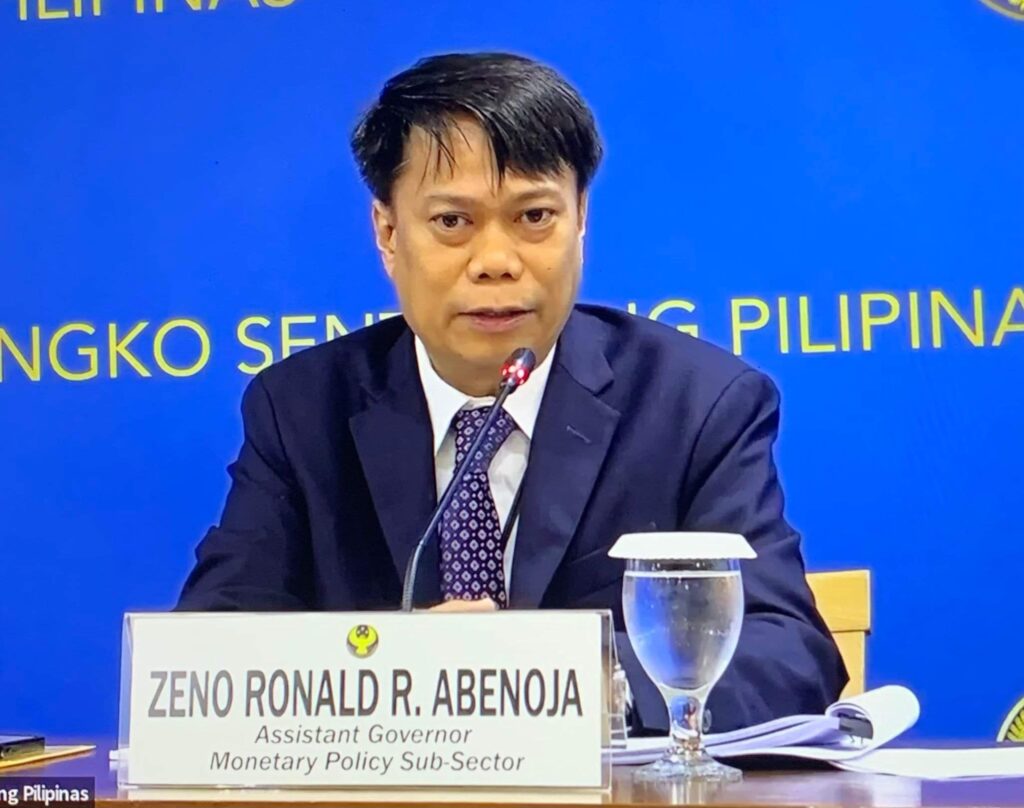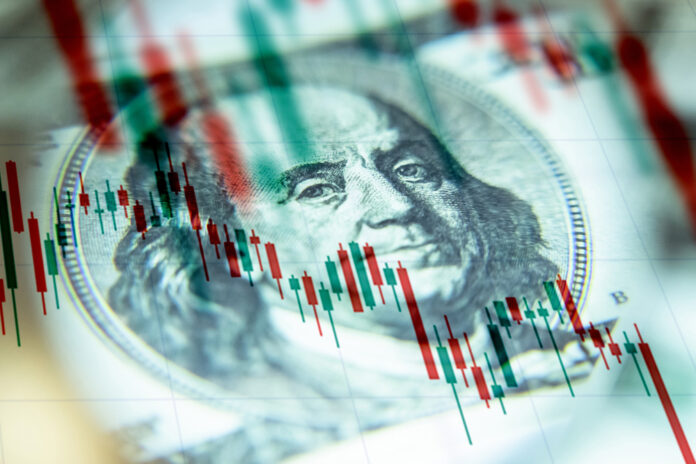The Bangko Sentral ng Pilipinas (BSP projects a reversal in foreign direct investment (FDI) flows that have trended lower in recent months, resulting in a six-month net haul of only USD2 billion this year from USD2.3 billion in 2023.
FDIs in the quarter ended June this year posted net inflows of only USD1.39 billion versus year-ago inflows of USD1.43 billion, strengthening the apprehension that beneficial foreign investments might not have merely weakened but have actually started a downtrend.
After all, FDIs shranked 29 percent year-on-year in June to USD400 million, all its major components posting a decrease in net inflows such as equity capital which declined by more than 33 percent to USD70 million, reinvestment of earnings by another 23.4 percent decline to USD110 million and net debt instruments of 30 percent to USD210 million.

But Zeno Ronald Abenoja, BSP assistant governor for the monetary policy subsector, doused cold statistics on the apprehension, saying FDIs can be lumpy and often come in tranches.
“Sometimes it’s better to look at the cumulative over a certain period. In this case we’re already halfway through the year. FDIs in the first half are actually better than the year ago,” Abenoja said, quickly adding that the inflows increased by almost eight percent.

Redentor Paolo Alegre, senior director at the BSP’s Department of Economic Statistics, ruled out a clear downtrend in FDIs.
“But in this specific period, the slight downtrend may be due to the prevalence of geopolitical risks. Investors are wary of investing due to heightened risks. That may be the reason for the momentary dip in FDI,” he said.
He argued the economy posted good output numbers measured as the gross domestic product (GDP) of 5.8 percent in the frist quarter and 6.3 percent in the second quarter.
“So, I think we’re on track and hopefully this reverses sooner rather than later,” Alegre said.







